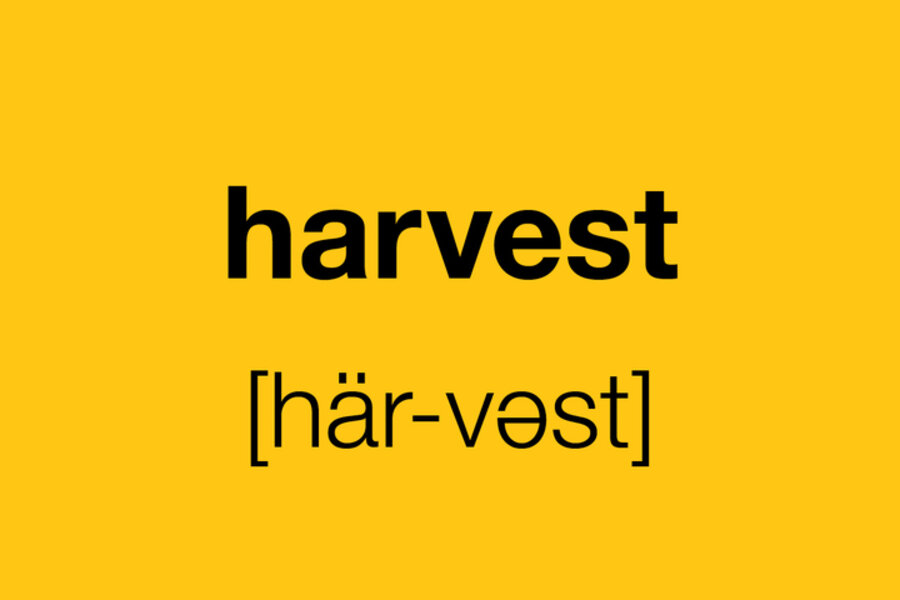The seasons of ‘hot feet’ and ‘distant thunder’
Loading...
In many languages, words for the seasons highlight a key characteristic of the natural world at that time of year. This connection is sometimes obvious, as we saw last week with New England’s semiserious “mud season” and “stick season.”
In many European languages, the connections are harder to discern, having become hidden in the words’ etymologies. The French and Italian words for “summer” – été and estate, respectively – derive ultimately from a Proto-Indo-European root that means “burn, fire.” Invierno, inverno, and hiver – Spanish, Italian, and French for “winter” – come from a PIE root that means “frost, snow.” Russian and many other Slavic languages got their word for winter, zima, from the same root.
There is nothing mysterious about the English fall and spring – leaves of deciduous trees “fall” in autumn and “spring forth” in spring. Until around 1500, though, the period from roughly September to November was named for what was going on with food crops, not trees. It was harvest, cognate with the German word for the season, Herbst, from a PIE root meaning “to gather, pluck.”
The world contains thousands of languages, many of which divide the year along much more fine-grained criteria. According to speakers of Tiwi, who live in a tropical climate on islands in the northern part of Australia, there are three main seasons: Kumunupunari (March to August), “the dry season of fire and smoke”; Tiyari (September to November), “the season of hot weather and high humidity”; and Jamutakari (December to February), “the wet season.” There are 13 additional “minor” seasons, including Milikitorinari, “season of hot feet,” when the ground is too hot to walk on, and Mumpikari, “season of muddy possum tracks,” when the rains first fall after the dry season and possums are easier to hunt. These seasons encode Tiwi culture, serving as an oral guide to traditional ways of life.
The language with the most seasons is Japanese, with 72. Today, the Japanese calendar is organized around the typical temperate-zone four seasons, but originally Japan used the Chinese lunisolar calendar, which has 24. Around 1,000 years ago, these were further divided into 72 “microseasons” called kou. The U.S./Japan Cultural Trade Network explains that these kou present “a way of looking at the year through gradual transitions in nature.” They are like Tiwi seasons, although less practical and more poetic. The ancient Japanese year begins with Harukaze kōri o toku, “East wind melts the ice,” and ends with “Hens start laying eggs.” On April 4, it’s kaminari sunawachi koe o hassu – happy “season of distant thunder”!





